Tags: Saturn
Bacterial Spores May Grow on the Frigid Environment of the Icy Moons of Jupiter and Saturn, Could Hold the Key to Finding Extraterrestrial Life
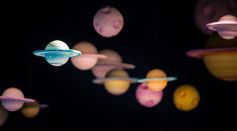
Night Sky Events This July 3-9; 'Buck Moon,' 'Ring of Fire' Eclipse Countdown, Saturn, Venus, and More

James Webb Space Telescope Captures Its First Image of Saturn, Reveals the Glowing Rings of the Gas Giant
Planetary Alignment: 5 Planets Jupiter, Saturn, Mercury, Neptune, Uranus Will Make Rare Appearance in the Sky This Weekend

Mysterious Plumes on Saturn's Moon Enceladus Raise Possibility of Hidden Extraterrestrial Life
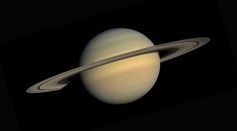
Saturn's Rings Are No Older Than 400 Million Years Old, Younger Than the Gas Giant Planet Itself
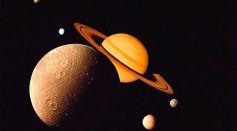
62 New Moons Discovered Orbiting Saturn, Totaling to 145 and Overthrowing Jupiter's Record

Saturn's Inner Rings Are Disappearing, Getting Sucked Into Planet's Atmosphere; Will They Totally Vanish?
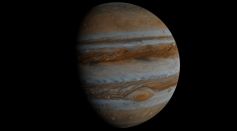
Link Between Moonquakes and Landslides: Could Tectonic Activities Possibly Shape Terrains of Jupiter and Saturn’s Icy Moons?

Civilian Astronomer? Teenage Boy Captures Awesome Shot of Saturn and Its Rings From His Backyard Using a Telescope

NASA to Launch New Dragonfly Mission To Explore Saturn’s Giant Moon Titan

Aliens in the Solar System? Saturn's Enceladus and Titan, Jupiter's Europa Are Likely Habitats, Scientists Say

Jupiter Now Has Total of 92 Moons After Astronomers Found 12 New Ones; Where Did They Come From?
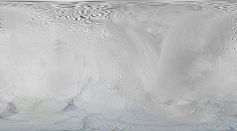
Saturn's Icy Moon Enceladus Mysteriously Covered in Deep Snow; How Is It Possible?
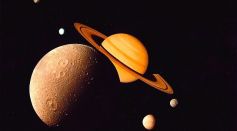
Saturn's Enceladus Engulfed by Thick Snow Drifts; Where Did This Icy Covering Come From?
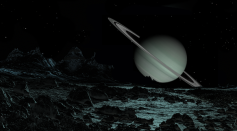
NIAC-Proposed TitanAir May Surf Through the Methane Lakes of Saturn's Titan Moon

Life Could Be Detected on Saturn's Moon "Enceladus" Even Without Descending on It, Specialists Say
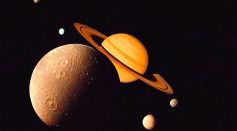
Saturn's Icy Moon Enceladus Could Harbor Life After Scientists Detected Methane in the Jets of Water Bursting Through the Ice
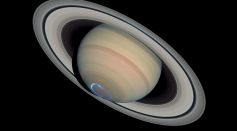
How Many Planets Have Rings Around Them? Scientists Explain Why Some Worlds Have Them
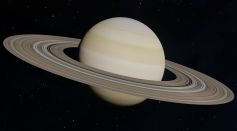
James Webb Telescope Snaps First Shots of Saturn’s Moon “Titan”
Most Popular

Say Goodbye to Dark Spots: The Science Behind Dark Spot Remover Creams

Persistent Coughs Are Everywhere: Here's What Experts Think Is Causing It

Ancient Hotspot Found to Have Created Great Lakes 300 Million Years Ago

Mysterious Structures Discovered Beneath the Pacific Ocean, Puzzle Scientists





